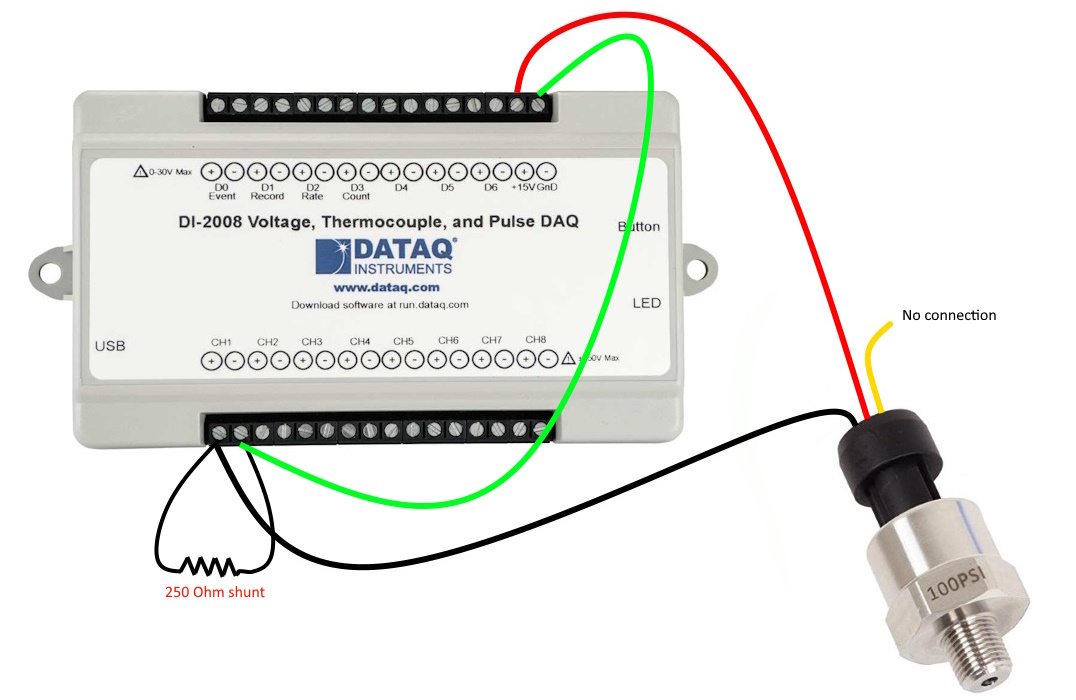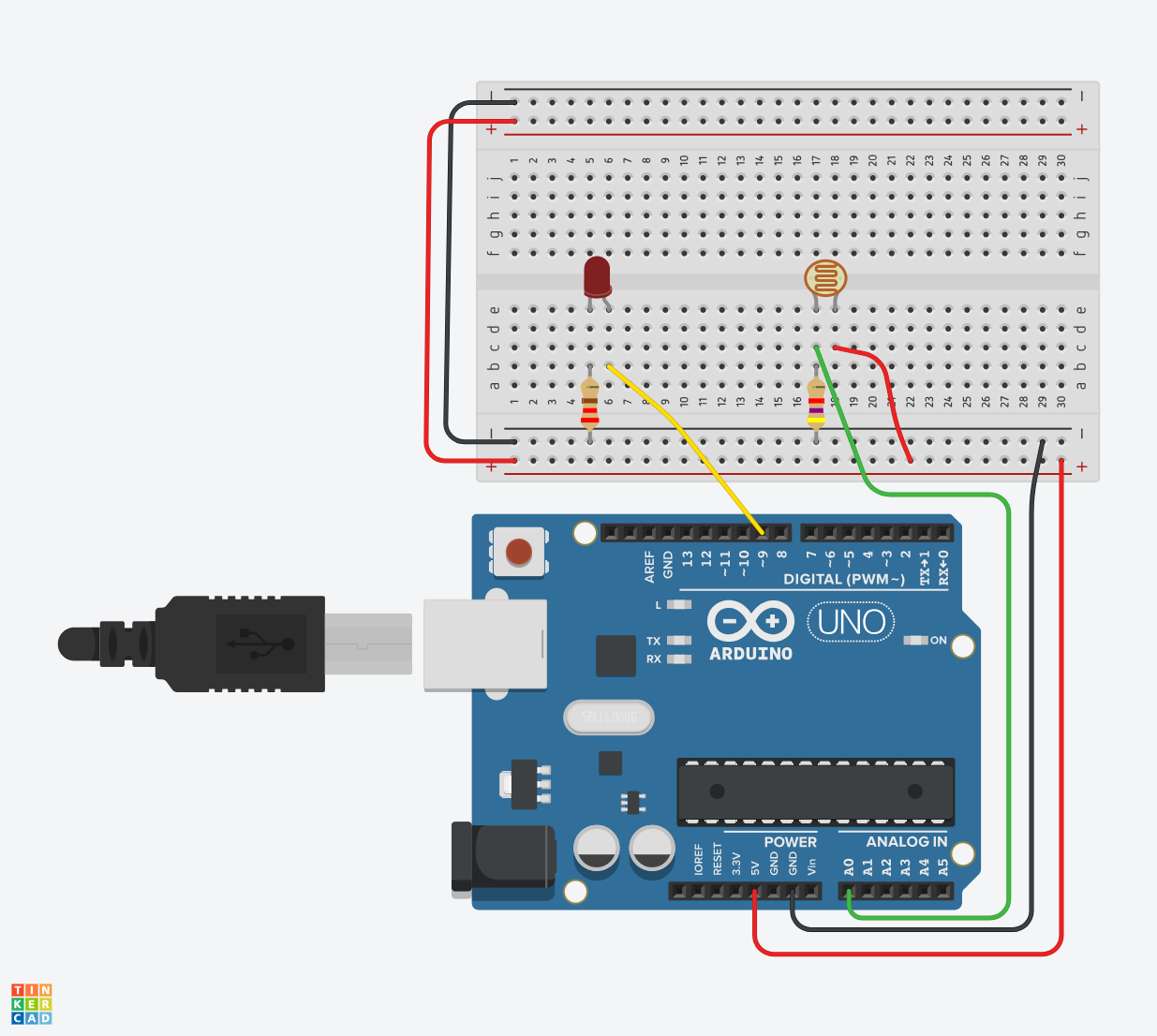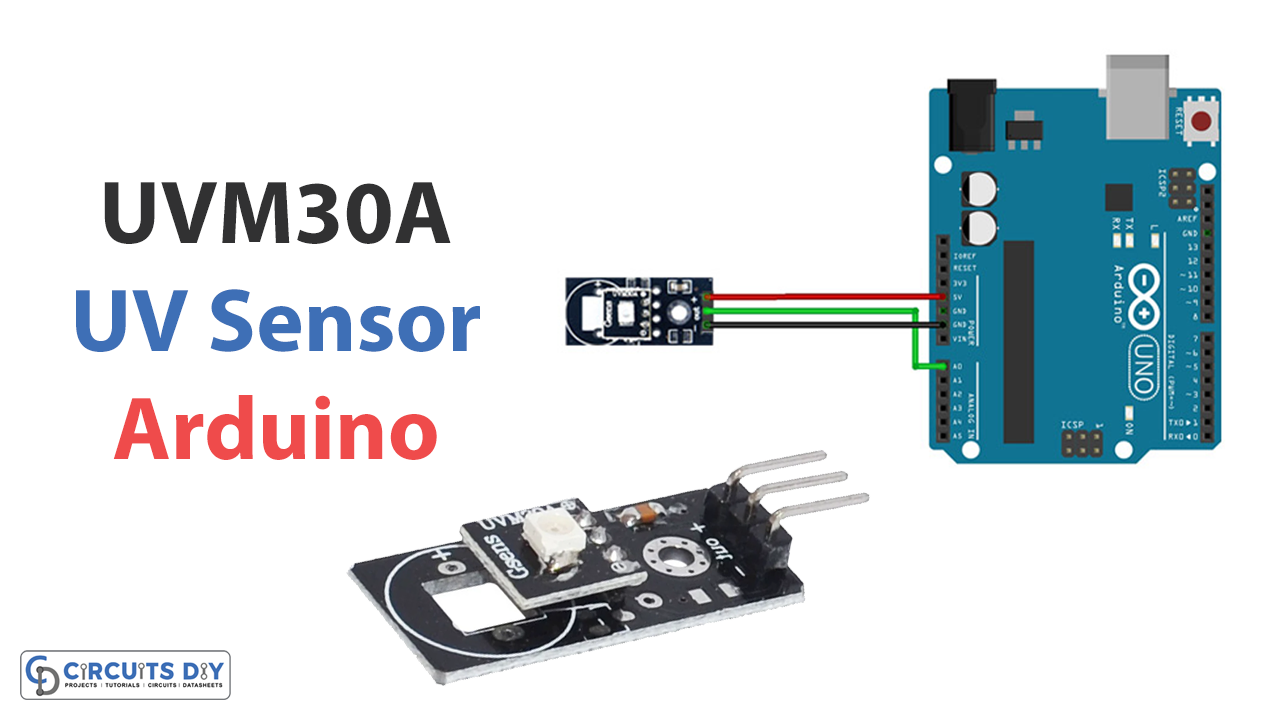How to Use a Time-of-Flight (ToF) Sensor for Precise Ranging
Time-of-Flight (ToF) sensors have gained significant popularity in recent years due to their ability to provide accurate distance measurements. These sensors work by emitting a signal, usually infrared light, and measuring the time it takes for the signal to reflect back to the sensor. This allows for precise ranging and depth sensing, making ToF sensors ideal for a wide range of applications, from gesture recognition in smartphones to collision avoidance in drones.
If you’re looking to use a ToF sensor for your project or application, here are some tips on how to get the most precise results:
1. Understand the Principles of ToF Technology
Before diving into using a ToF sensor, it’s essential to understand how the technology works. By knowing the basic principles behind ToF sensors, such as the speed of light and the sensor’s ability to measure time accurately, you’ll be better equipped to optimize your ranging measurements.
2. Choose the Right ToF Sensor for Your Needs
There are various types of ToF sensors available on the market, each with its own specific features and capabilities. When selecting a ToF sensor for your project, consider factors such as range, accuracy, field of view, and interface compatibility to ensure it meets your requirements.
3. Calibrate Your ToF Sensor
Calibration is crucial when using a ToF sensor for precise ranging. Make sure to follow the manufacturer’s guidelines for calibrating your sensor to account for factors such as ambient light, temperature variations, and sensor drift. Regular calibration will help maintain the accuracy and reliability of your distance measurements.
4. Implement Signal Processing Techniques
To enhance the precision of your ranging measurements, consider implementing signal processing techniques such as filtering, noise reduction, and interpolation. These techniques can help improve the quality of your distance readings and eliminate inaccuracies caused by external factors.
5. Optimize Sensor Placement and Environment
The placement of your ToF sensor and the environment in which it operates can significantly impact the accuracy of your ranging measurements. Ensure that the sensor has a clear line of sight to the target object and minimize any obstacles or reflective surfaces that could interfere with the signal reflection.
6. Test and Validate Your Ranging Measurements
Before integrating ToF sensors into your final product or application, thoroughly test and validate the accuracy of your ranging measurements. Compare the results against a known reference distance to ensure that the sensor is providing consistent and reliable readings.
7. Stay Updated on ToF Technology Advancements
ToF technology is continually evolving, with new advancements and features being introduced regularly. Stay informed about the latest developments in ToF sensors to leverage new capabilities and improve the accuracy and performance of your ranging applications.
Conclusion
Using a Time-of-Flight (ToF) sensor for precise ranging requires a thorough understanding of the technology, proper calibration, and optimization techniques. By following these tips and best practices, you can ensure that your ToF sensor delivers accurate and reliable distance measurements for your project or application.
How to Use a Time-of-Flight (ToF) Sensor for Precise Ranging
Time-of-Flight (ToF) sensors have gained significant popularity in recent years due to their ability to provide accurate distance measurements. These sensors work by emitting a signal, usually infrared light, and measuring the time it takes for the signal to reflect back to the sensor. This allows for precise ranging and depth sensing, making ToF sensors ideal for a wide range of applications, from gesture recognition in smartphones to collision avoidance in drones.
If you’re looking to use a ToF sensor for your project or application, here are some tips on how to get the most precise results:
1. Understand the Principles of ToF Technology
Before diving into using a ToF sensor, it’s essential to understand how the technology works. By knowing the basic principles behind ToF sensors, such as the speed of light and the sensor’s ability to measure time accurately, you’ll be better equipped to optimize your ranging measurements.
2. Choose the Right ToF Sensor for Your Needs
There are various types of ToF sensors available on the market, each with its own specific features and capabilities. When selecting a ToF sensor for your project, consider factors such as range, accuracy, field of view, and interface compatibility to ensure it meets your requirements.
3. Calibrate Your ToF Sensor
Calibration is crucial when using a ToF sensor for precise ranging. Make sure to follow the manufacturer’s guidelines for calibrating your sensor to account for factors such as ambient light, temperature variations, and sensor drift. Regular calibration will help maintain the accuracy and reliability of your distance measurements.
4. Implement Signal Processing Techniques
To enhance the precision of your ranging measurements, consider implementing signal processing techniques such as filtering, noise reduction, and interpolation. These techniques can help improve the quality of your distance readings and eliminate inaccuracies caused by external factors.
5. Optimize Sensor Placement and Environment
The placement of your ToF sensor and the environment in which it operates can significantly impact the accuracy of your ranging measurements. Ensure that the sensor has a clear line of sight to the target object and minimize any obstacles or reflective surfaces that could interfere with the signal reflection.
6. Test and Validate Your Ranging Measurements
Before integrating ToF sensors into your final product or application, thoroughly test and validate the accuracy of your ranging measurements. Compare the results against a known reference distance to ensure that the sensor is providing consistent and reliable readings.
7. Stay Updated on ToF Technology Advancements
ToF technology is continually evolving, with new advancements and features being introduced regularly. Stay informed about the latest developments in ToF sensors to leverage new capabilities and improve the accuracy and performance of your ranging applications.
Conclusion
Using a Time-of-Flight (ToF) sensor for precise ranging requires a thorough understanding of the technology, proper calibration, and optimization techniques. By following these tips and best practices, you can ensure that your ToF sensor delivers accurate and reliable distance measurements for your project or application.



